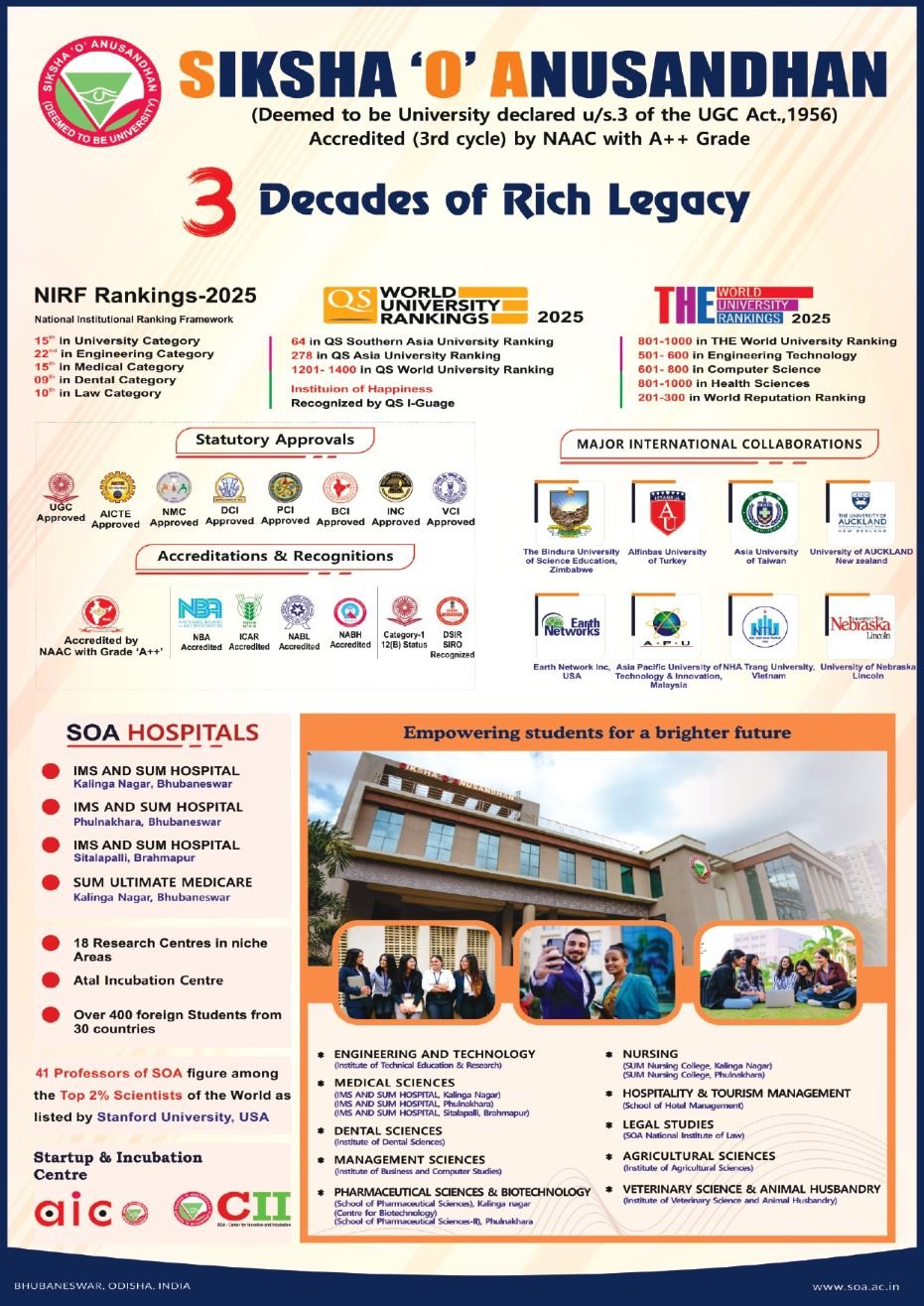Odisha Manaska circle unites to save dying rivers, calls for urgent action

Bhubaneswar, March 18: In a thought-provoking gathering at Saheed Nagar, participants of the eighth edition of Odisha Manaska Circle came together to discuss a pressing issue—the alarming decline of Odisha’s rivers and its impact on socio-cultural traditions.
The discussion, hosted by All Things Odisha, led to the formation of a dedicated pressure group to work towards saving, reviving, and rejuvenating dying rivers in the state, starting with the historic Gangua river. Once a thriving waterway, Gangua has now been reduced to a polluted drain filled with sewage and waste.
Held at the collaborative space of ‘ExtraOdiNari’ and ‘Safe Odisha For Her’, the theme for the evening session was: "Dying Rivers, Dying Traditions: Can We Save Odisha's Socio-Cultural Identity Without Saving Its Rivers?" Participants shared personal experiences, insights, and concerns about the deteriorating condition of Odisha’s rivers, which were once lifelines for civilization but are now facing encroachments, pollution, and neglect.
The discussion ranged from the role of rivers in shaping civilizations to the ruins of heritage sites found along the dying Prachi and Mahanadi rivers. The conversation also addressed the rampant urbanization that has led to encroachments and severe pollution, making several waterbodies unfit to sustain aquatic life.
The session featured two eminent speakers, Sudarsan Das, a well-known river conservation activist, who has led various campaigns to save rivers like Gangua and Rushikulya and Anil Dhir, an INTACH (Indian National Trust for Art and Cultural Heritage) member and heritage conservationist, known for mapping heritage sites along Prachi and Mahanadi rivers.
Sudarsan Das highlighted the plight of Mahanadi, Baitarani, Gangua (historically known as Gandhavati), and Prachi, as well as the Chilika and Anshupa lakes, all of which are rapidly deteriorating due to human interventions and climate change. Having just returned from a campaign to save the Rushikulya river in Ganjam, Das emphasized the urgent need for government and community intervention.
Anil Dhir stressed that rivers have historically been centers of cultural evolution, yet unchecked urban development and encroachments have driven many to the brink of extinction. He criticized the lack of governmental and public concern over the deteriorating condition of Odisha’s rivers.
"Despite their immense socio-cultural significance, these rivers are dying, and neither the government nor the people seem concerned. We are trying to create awareness and put pressure on authorities to take necessary steps before it’s too late," stated Dhir.




